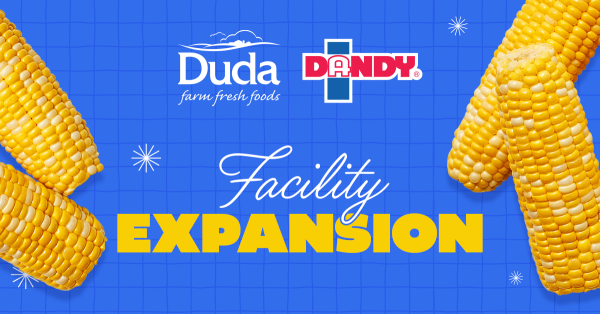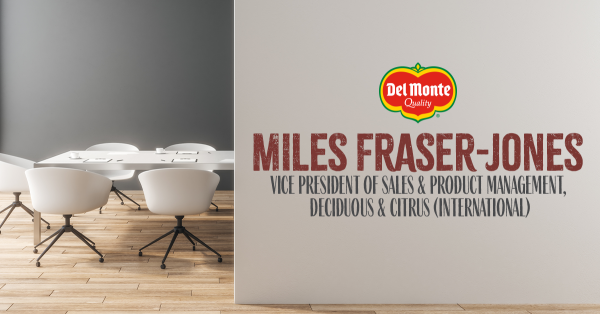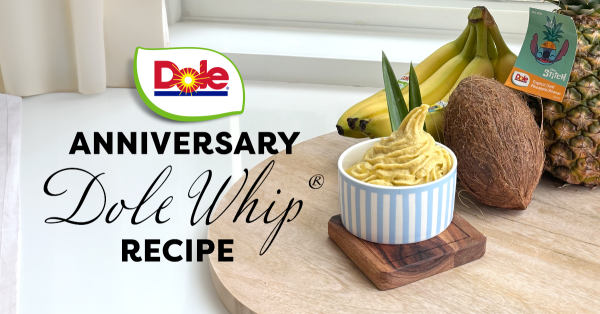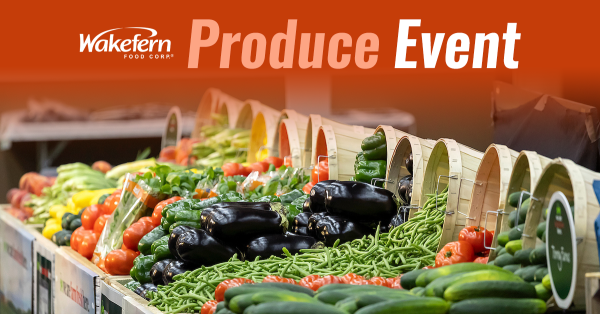
A Q&A with CREO | Montminy & Co.'s Joel Montminy
LOS ANGELES, CA - I recently had the opportunity to talk to Joel Montminy, Founder, President, and CEO of CREO | Montminy & Co., to learn more about the M&A (mergers and acquisitions) market as it relates to fresh produce. As a panelist in a recent educational session at the Viva Fresh Expo, held in San Antonio, Texas, this April, Joel offered a variety of insights into how to research, approach, and execute private equity investments in the produce industry. Joel was gracious enough to share his insights on market trends, major acquisitions, and more.
Q: At Viva Fresh, you mentioned the ways in which produce has historically not been an active M&A market and two trends that are driving increased M&A activity in the industry; can you tell me a little about the reasons we're seeing increased buying and selling?
 Joel Montminy: For one, healthy eating trends are here to stay, and the strategic players know it. The rise in consumer demand for healthier and organic products has driven major consumer groups to reshape their product portfolio and/or use M&A deals to expand into this fast-growing segment. At the same time, we’re seeing more conglomerates narrow down their business focus through buying/selling divisions to meet changing consumer preferences.
Joel Montminy: For one, healthy eating trends are here to stay, and the strategic players know it. The rise in consumer demand for healthier and organic products has driven major consumer groups to reshape their product portfolio and/or use M&A deals to expand into this fast-growing segment. At the same time, we’re seeing more conglomerates narrow down their business focus through buying/selling divisions to meet changing consumer preferences.
Big companies need growth vehicles that connect to consumers. One example is Pepsi’s recent acquisition of Bare Snacks, which stood out in the retail aisle alongside fresh produce. This strategy does not always work for strategics. In 2015, Campbell’s reorganized into three divisions, creating the Campbell Fresh unit after combining what was a Packaged Fresh division with soups sold to supermarket delis. But Campbell Fresh struggled, resulting in a two-year decline in organic sales. For larger strategics, effective execution of a fresh strategy remains the holy grail.
Second, as valuations have risen, many private equity firms and strategic acquirers have moved down market. As they do, lenders follow, providing financing options more readily available for smaller deals. In addition, family offices, the hot new buyers in the lower middle market, are offering a longer-term, conservative approach to growth that often resonates with the entrepreneur/founder mindset.
Q: Do you think produce companies moving from a commodity-focused approach to an increasingly product/brand focused approach—with value-added items becoming predominant across many categories—is changing the way produce companies are valued, bought, and sold?
JM: Generally, yes. All else being equal, a branded product mix typically commands a higher multiple than a pure commodity business due to the brand control/IP value. This can also create some healthy channel tension. Growers, for example, may find an opportunity for their product to be sold directly to retailers, versus utilizing value-added distributors or marketers. At the end of the day, what matters most to drive interest and valuations up, is customer diversity (e.g., type, geography, channel) and the depth and tenure of customer relationships, be it via distributors, marketers, retailers, or DTC.
Having said this, in the consumer's eye the perceived quality gap between branded produce and private label has faded. So with a generally lower price point, private label products over the past few years in retail grocery and online have outpaced branded sale. Additionally, not all brands are equal, and if the produce company is not willing and able to devote substantial resources to building and supporting a sustainable platform, the desire of a buyer to own, integrate, and accelerate that brand will not materialize and thus impact valuation in a sale.
Q: You mentioned how acquiring companies, in some respects, like to see inefficiencies or areas in which their acquisition targets can be improved; can you elaborate on what that might look like? What is a good inefficiency to have, so to speak, in this respect?
JM: There are exceptions of course, but generally speaking, acquirers like businesses that are a 7 or 8 out of 10. A perfect company has little room for improvement and therefore purchase price synergies, and a broken company could drain too many resources to repair. Acquirers look at ways to improve operational efficiencies such as consolidation and optimization in purchasing, facilities, and transportation. In more sophisticated businesses, buyers seek a path to digitization, focusing on customer engagement by connecting with their consumers in new ways. While the produce industry has historically lagged other industries in certain trends, these are example of what we expect to see within produce over the next few years.
Q: What are some of the mutually-beneficial arrangements that companies can enter into beyond a wholesale acquisition? How might these options better fit certain prospective buyers and sellers?
JM: Outside of a pure acquisition, we often structure alternative arrangements that help both parties accelerate their respective or combined business such as a recapitalizations, joint venture, or strategic alliance. There are pros and cons of each, namely around capital allocations, term, contribution and risk sharing, ownership, and future optionality. Overall, these structures can be a great way to build a new produce business and enter new markets when two organizations lack the capabilities to do it on their own.
For more on private equity, mergers and acquisitions, and the financial options open to those in our industry, keep reading AndNowUKnow.



















